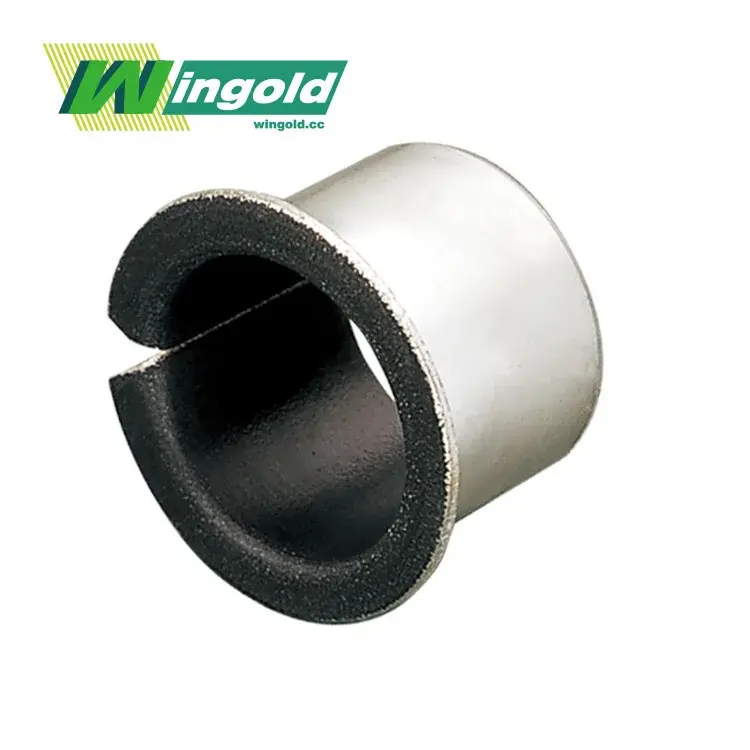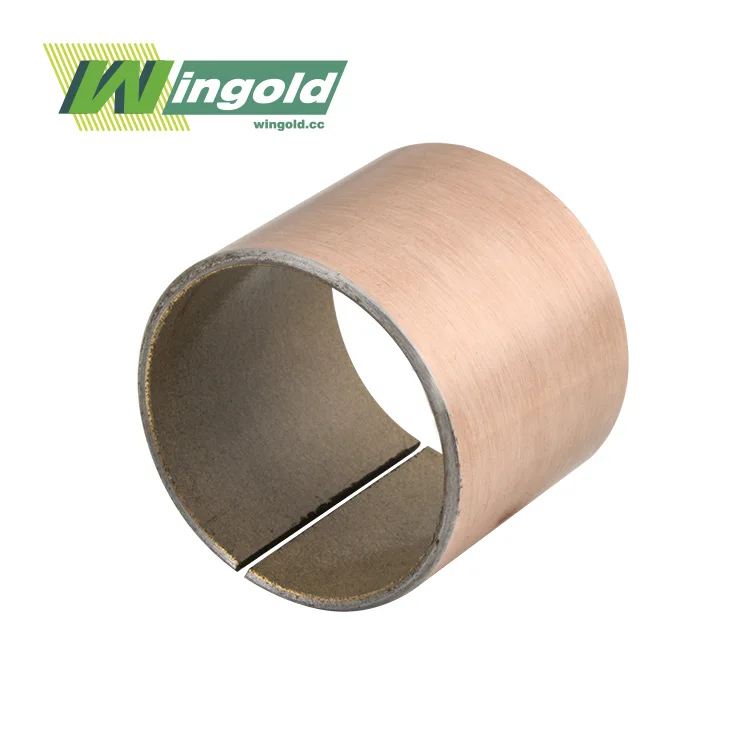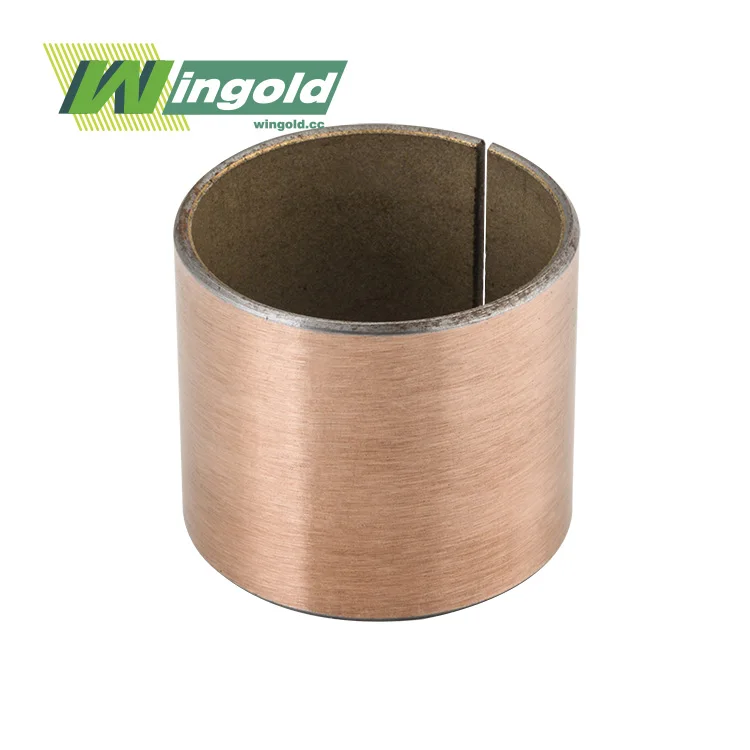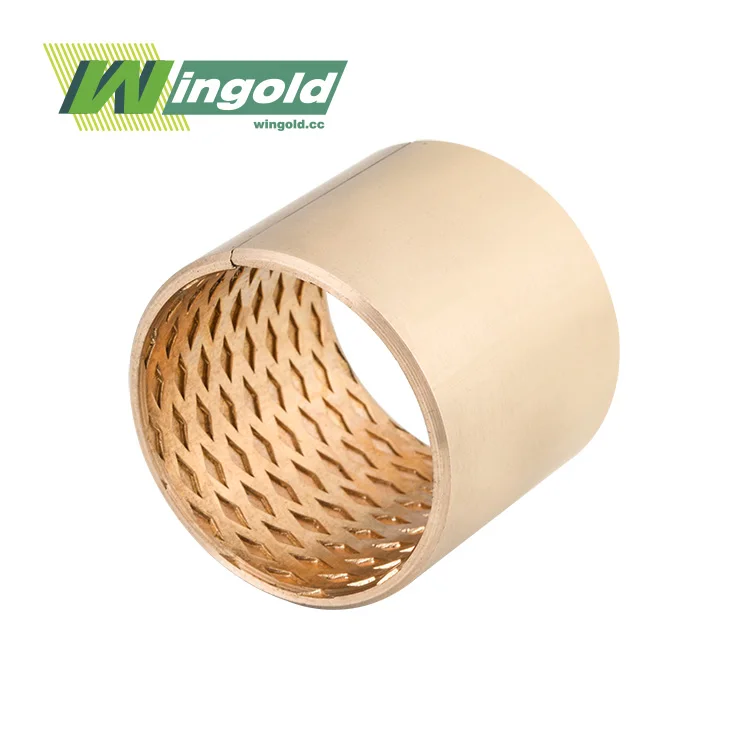- English
- French
- German
- Portuguese
- Spanish
- Russian
- Japanese
- Korean
- Arabic
- Greek
- German
- Turkish
- Italian
- Danish
- Romanian
- Indonesian
- Czech
- Afrikaans
- Swedish
- Polish
- Basque
- Catalan
- Esperanto
- Hindi
- Lao
- Albanian
- Amharic
- Armenian
- Azerbaijani
- Belarusian
- Bengali
- Bosnian
- Bulgarian
- Cebuano
- Chichewa
- Corsican
- Croatian
- Dutch
- Estonian
- Filipino
- Finnish
- Frisian
- Galician
- Georgian
- Gujarati
- Haitian
- Hausa
- Hawaiian
- Hebrew
- Hmong
- Hungarian
- Icelandic
- Igbo
- Javanese
- Kannada
- Kazakh
- Khmer
- Kurdish
- Kyrgyz
- Latin
- Latvian
- Lithuanian
- Luxembou..
- Macedonian
- Malagasy
- Malay
- Malayalam
- Maltese
- Maori
- Marathi
- Mongolian
- Burmese
- Nepali
- Norwegian
- Pashto
- Persian
- Punjabi
- Serbian
- Sesotho
- Sinhala
- Slovak
- Slovenian
- Somali
- Samoan
- Scots Gaelic
- Shona
- Sindhi
- Sundanese
- Swahili
- Tajik
- Tamil
- Telugu
- Thai
- Ukrainian
- Urdu
- Uzbek
- Vietnamese
- Welsh
- Xhosa
- Yiddish
- Yoruba
- Zulu
316 vs 304 Stainless Steel Flanged Bushings: What’s the Difference?
When it comes to stainless steel flanged bushings, the choice between 316 and 304 grades can significantly impact performance and longevity. The primary difference lies in their composition: 316 stainless steel contains molybdenum, which enhances corrosion resistance, particularly in chloride-rich environments. This makes 316 stainless steel flanged bushings ideal for marine applications and harsh chemical processes. In contrast, 304 stainless steel lacks molybdenum but offers excellent corrosion resistance in less aggressive environments, making it a versatile and cost-effective option for many industrial applications. Understanding these distinctions is crucial for selecting the appropriate flanged bushing for your specific needs.

Composition and Properties of 316 and 304 Stainless Steel Flanged Bushings
Chemical Composition
Stainless steel flanged bushings are engineered to withstand diverse operational conditions. The chemical makeup of 316 and 304 grades plays a pivotal role in their performance characteristics. 316 stainless steel typically contains 16-18% chromium, 10-14% nickel, and 2-3% molybdenum. The inclusion of molybdenum is the key differentiator, enhancing the material's resistance to pitting and crevice corrosion. On the other hand, 304 stainless steel comprises 18-20% chromium and 8-10.5% nickel, without the addition of molybdenum.
Corrosion Resistance
The corrosion-resistant properties of stainless steel flanged bushings are paramount in many applications. 316 grade excels in this aspect, particularly in chloride-rich environments such as seawater or chemical processing plants. Its superior resistance to pitting and crevice corrosion makes it the preferred choice for marine applications and industries dealing with aggressive chemicals. 304 grade, while still offering commendable corrosion resistance, is better suited for less corrosive environments. It performs admirably in atmospheric conditions and many food processing applications where chloride exposure is limited.
Mechanical Properties
When considering stainless steel flanged bushings, mechanical properties are crucial for ensuring optimal performance under load. Both 316 and 304 grades exhibit excellent strength and durability. However, 316 stainless steel tends to have slightly lower yield and tensile strength compared to 304. This difference is generally minimal and often outweighed by 316's superior corrosion resistance in demanding environments. The load capacity of flanged bushings made from either grade can reach up to 5000N, depending on their size and specific design.
Applications and Industry-Specific Uses
Marine and Coastal Environments
In marine applications, the choice of material for stainless steel flanged bushings is critical. The constant exposure to saltwater and humid conditions demands exceptional corrosion resistance. 316 stainless steel flanged bushings are the preferred option for marine equipment, offshore platforms, and coastal industrial facilities. Their resistance to chloride-induced pitting makes them ideal for components in ship propulsion systems, deck equipment, and marine pumps. The superior performance of 316 grade in these harsh environments justifies its higher cost, ensuring longer service life and reduced maintenance needs.
Food and Beverage Industry
The food and beverage industry requires materials that maintain hygiene standards while resisting corrosion from cleaning agents and food acids. Stainless steel flanged bushings find extensive use in food processing equipment, conveyor systems, and packaging machinery. While both 316 and 304 grades are suitable for many food-related applications, the choice often depends on the specific environment.
304 stainless steel flanged bushings are commonly used in dairy equipment and brewing facilities, where corrosion risks are moderate. However, in scenarios involving highly acidic foods or frequent exposure to chlorine-based sanitizers, 316 grade bushings offer enhanced protection and longevity.
Chemical and Pharmaceutical Industries
In the chemical and pharmaceutical sectors, the selection of appropriate stainless steel flanged bushings is crucial for ensuring product purity and equipment reliability. 316 grade bushings are often the material of choice due to their superior resistance to a wide range of chemicals, including sulfuric acid and chlorides. They are extensively used in reactor vessels, centrifuges, and pump components where exposure to corrosive media is common. 304 grade bushings, while less resistant to certain chemicals, still find applications in less aggressive pharmaceutical environments, such as in tableting machines or packaging equipment where chemical exposure is limited.
Factors Influencing Selection and Performance
Environmental Considerations
The operational environment plays a pivotal role in selecting between 316 and 304 stainless steel flanged bushings. Factors such as temperature, humidity, and chemical exposure must be carefully evaluated. In environments with temperatures ranging from -40°C to 250°C, both grades perform admirably. However, 316 grade exhibits superior corrosion resistance at elevated temperatures, particularly in the presence of chlorides.
For applications in coastal areas or industries using salt-based chemicals, the enhanced pitting resistance of 316 stainless steel flanged bushings becomes invaluable, potentially offsetting its higher initial cost through extended service life and reduced maintenance requirements.
Cost-Benefit Analysis
When considering stainless steel flanged bushings, a comprehensive cost-benefit analysis is essential. While 304 grade generally offers a more economical option upfront, the long-term benefits of 316 grade in harsh environments can lead to significant cost savings over time. Factors to consider include the initial purchase price, expected lifespan, maintenance frequency, and potential downtime costs associated with bushing replacement.
In less demanding applications, the cost-effectiveness of 304 grade bushings makes them an attractive choice. However, in critical applications where failure could result in substantial operational disruptions, the investment in 316 grade bushings often proves prudent.
Manufacturing and Quality Control
The performance of stainless steel flanged bushings is not solely determined by material grade but also by manufacturing processes and quality control measures. High-quality bushings, regardless of grade, should exhibit precise dimensional tolerances and superior surface finish. A surface finish of Ra 0.1-0.8 μm is typical for premium flanged bushings, ensuring smooth operation and minimizing wear.
Advanced manufacturing techniques, such as powder metallurgy and precision machining, can enhance the properties of both 316 and 304 grade bushings. Rigorous quality control processes, including material composition verification and dimensional checks, are crucial in ensuring the reliability and consistency of flanged bushings in critical applications.
Conclusion
Choosing between 316 and 304 stainless steel flanged bushings requires a nuanced understanding of their properties and the specific demands of your application. While 316 grade offers superior corrosion resistance, particularly in harsh environments, 304 grade provides a cost-effective solution for less demanding applications. By carefully considering factors such as environmental conditions, cost implications, and performance requirements, you can make an informed decision that optimizes both performance and value.
For expert guidance on selecting the ideal stainless steel flanged bushings for your needs, don't hesitate to reach out to our team at info@wingold.cc. Our extensive industry experience and commitment to quality ensure that you'll receive the perfect solution for your application.
References
1. Smith, J.R. (2020). "Comparative Analysis of 316 and 304 Stainless Steel in Industrial Applications." Journal of Materials Engineering and Performance, 29(8), 5123-5135.
2. Johnson, A.B. & Lee, C.K. (2019). "Corrosion Resistance of Stainless Steel Flanged Bushings in Marine Environments." Corrosion Science, 152, 234-245.
3. Wang, L., et al. (2021). "Performance Evaluation of Stainless Steel Grades in Food Processing Equipment." Food and Bioproducts Processing, 125, 150-162.
4. Garcia, M.P. & Thompson, R.E. (2018). "Cost-Benefit Analysis of 316 vs 304 Stainless Steel in Chemical Processing Industries." Chemical Engineering Research and Design, 138, 248-259.
5. Brown, S.A. (2022). "Advanced Manufacturing Techniques for High-Performance Stainless Steel Flanged Bushings." International Journal of Advanced Manufacturing Technology, 118(5), 1567-1580.
Learn about our latest products and discounts through SMS or email



